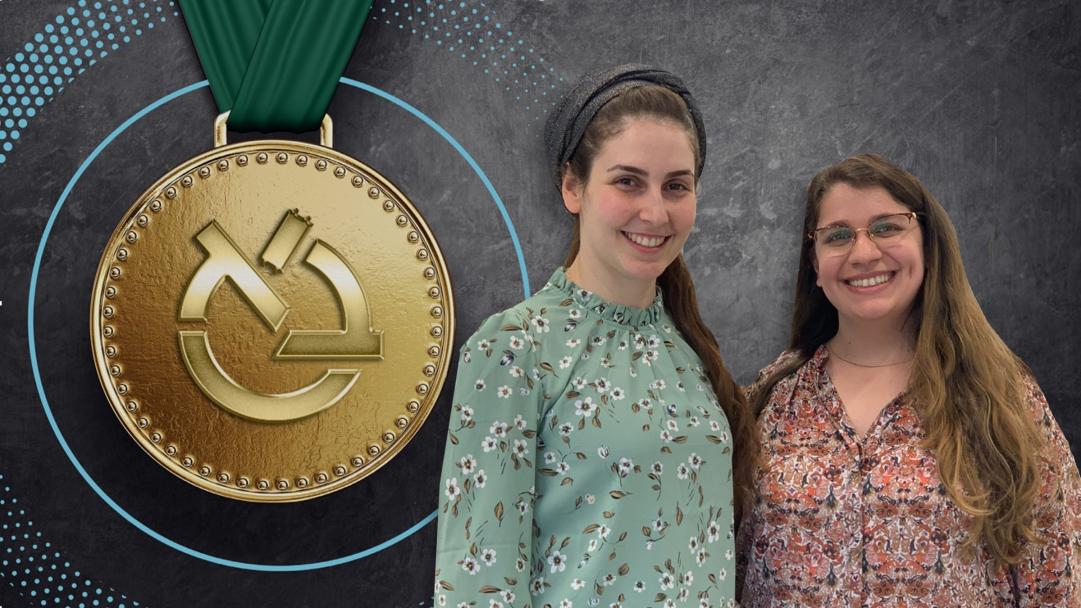Congratulations, Winners of the TEVA Bio-Innovation Scholarship!

PhD students Michal Danino Levi of Dr. Shahar Alon’s lab, and Reut Plen of Prof. Orit Shefi’s lab, were admitted to TEVA’s bio-innovation scholarship program for 2023. In addition to a generous stipend, this prestigious program includes mentorship from industry experts and is designed to support and promote studies in the field of biological treatments, as well as collaborations in this field between academia and the industry. Only a select few outstanding doctoral students are accepted each year, based on personal performance in school and in research. This year, two of the lucky winners are from our very own Faculty of Engineering.
Michal Danino Levi’s research studies interactions between immune system cells and cancerous cells in biopsies from a cancer patient. “If we can understand the genetic changes that occur in immune system cells when they interact with cancerous cells—and vice versa—we could gain a better understanding of the cancerous cell’s evasion mechanism, and hopefully find a treatment route,” shares Michal. “In my research, I use computational tools that I developed, alongside existing image processing, machine learning, and statistical tools to analyze spatial genomic data of cancerous tissue.”
Reut Plen’s study focuses on developing personalized and functional three-dimensional neural networks that mimic elements of the human brain. When magnetic nanoparticles are inserted into nerve cells, the cells become functional magnetic units. “By applying external magnetic forces, we are able to remotely direct the cells' movement and create pre-designed structures,” explains Reut. “This method paves the way to creating 3D cellular architectures on a customized scale which could be used in bioengineering, therapeutic and research applications, both inside and outside the body. Since the 3D neural networks we created simulate characteristics of brain tissues, they can be used as a model for researching drugs, studying the communication between tissues, and building artificial networks for interfaces between engineering and biological components.”
Last Updated Date : 29/01/2023



